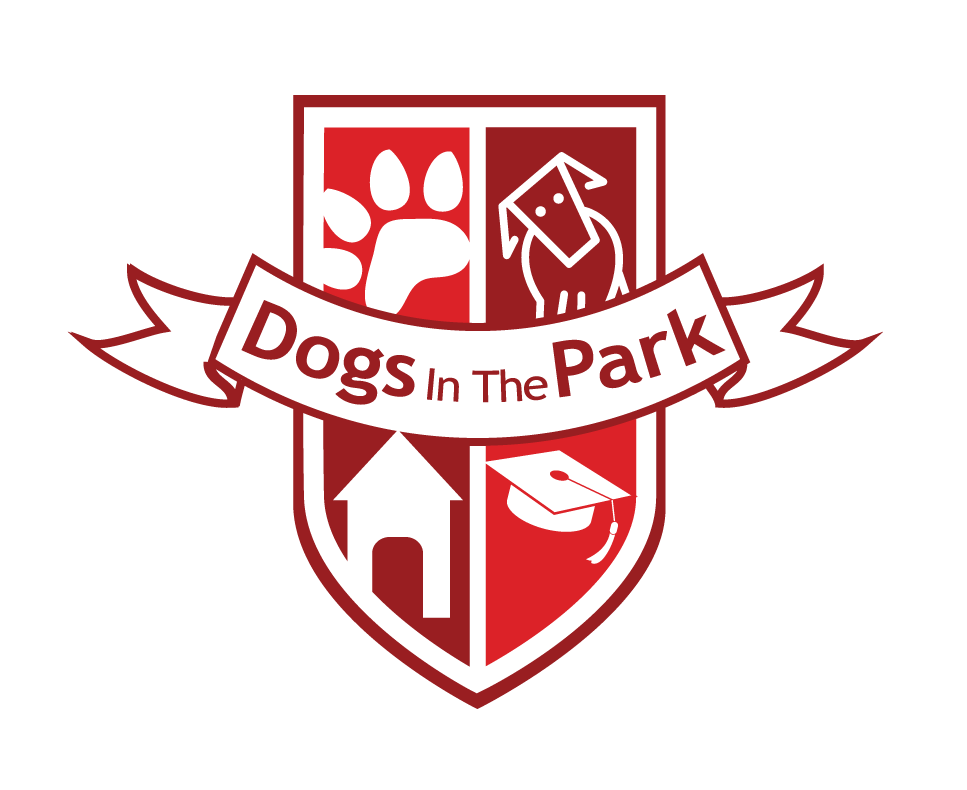Week One
This week we are working on two things; turn it on, and turn it off!
Drive is the ability to take arousal and turn it into useful work. Thus we can talk about fight drive, prey drive, retrieve drive, herding drive and so on. Great drive comes from inside of the dog, not from anything we say or do. You cannot force drive or make it happen, but you can set the stage for it to occur. Drive is useless if it becomes an obsession, so we have to walk a fine line between one thing and the other, thus it is necessary to learn to modulate the circumstances so that you can control both the on switch and the off switch.
Homework:
Daily down stay for at least 20 minutes, one hour is best.
Play the Yoyo game.
Practice coming out of the down stay or from a mat or from a crate to work. if your dog quits working, he goes back to his lower intensity activity (down stay, mat or crate)
RELAXATION
It is essential when working with a dog with a lot of drive to help them to learn to turn that drive off. Relaxation is key to this. In order to be relaxed, the dog must have all of his needs met for food, water, shelter and exercise, as well as for social stimulation, play and work. If you are not meeting those needs for a high drive dog, it will be hard to get him to relax.
Make time every day for your dog to relax. Some dogs do best if they relax in a crate every day. Other dogs do better if they can have alone time at home. Some dogs recognize that at the end of the day, the humans have a period of time where they settle down and the dog relaxes too. Whatever your dog's pattern is recognize that if he doesn't get time to relax, he will be harder to handle, and significantly more aroused when in drive than he may need to be.
If your dog does not relax naturally you can shape relaxation much as you shape any other complex behaviour. Being a good observer is an important part of being able to do this. To start with, get your dog into a warm, safe and quiet place. Look for signs of relaxation; head posture neutral, lying down on one side, whiskers relaxed, toes loose and tail relaxed. If you can see these things, you can click for them. Be aware that clicking creates a yo-yo effect of its own. Every time the dog hears the click, he will become slightly more excited than he was when you clicked, so use medium value treats to help him to decrease his arousal and go into a relaxed state.
Relaxation is perhaps the most important part of working a high drive dog. You don't want your dog to be over the top at all times, and helping him to learn the skills to relax will help you enormously when you work him at a level of arousal that allows you to create the kind of flashy work we are striving to teach.
